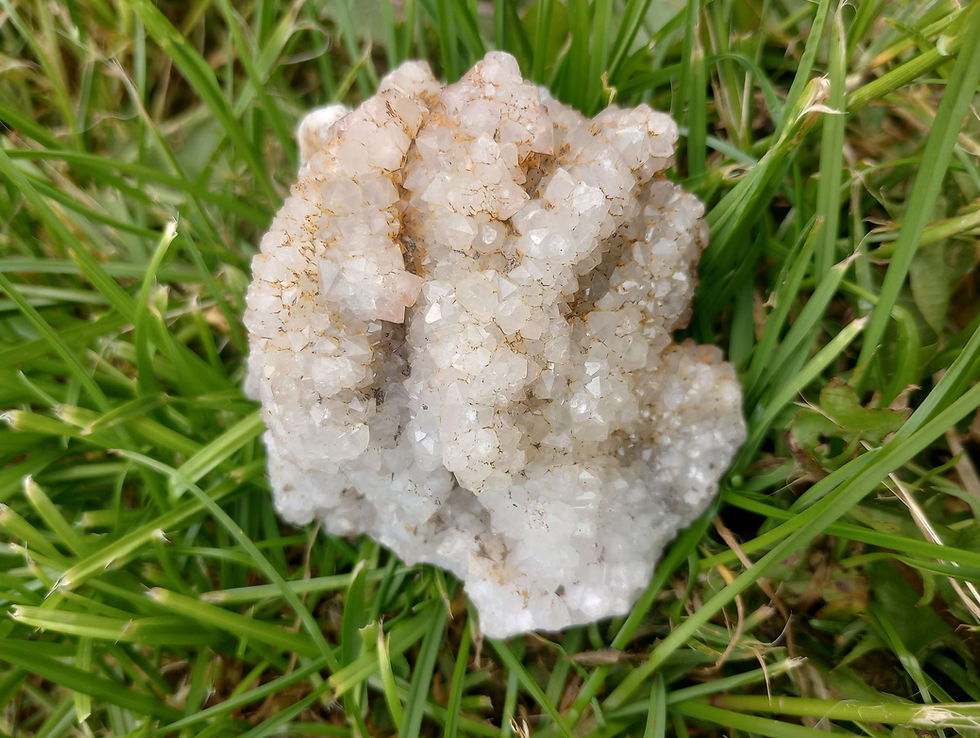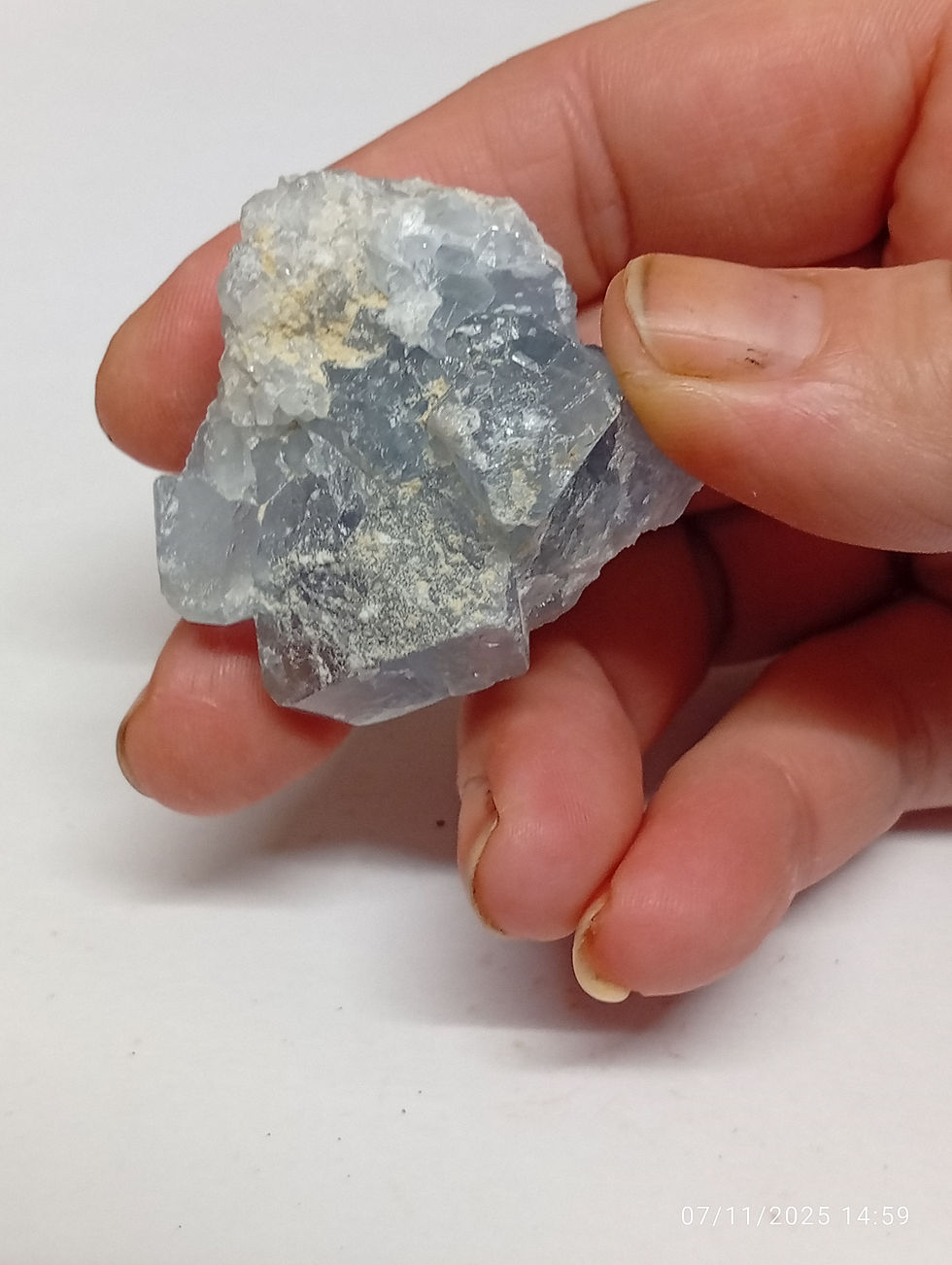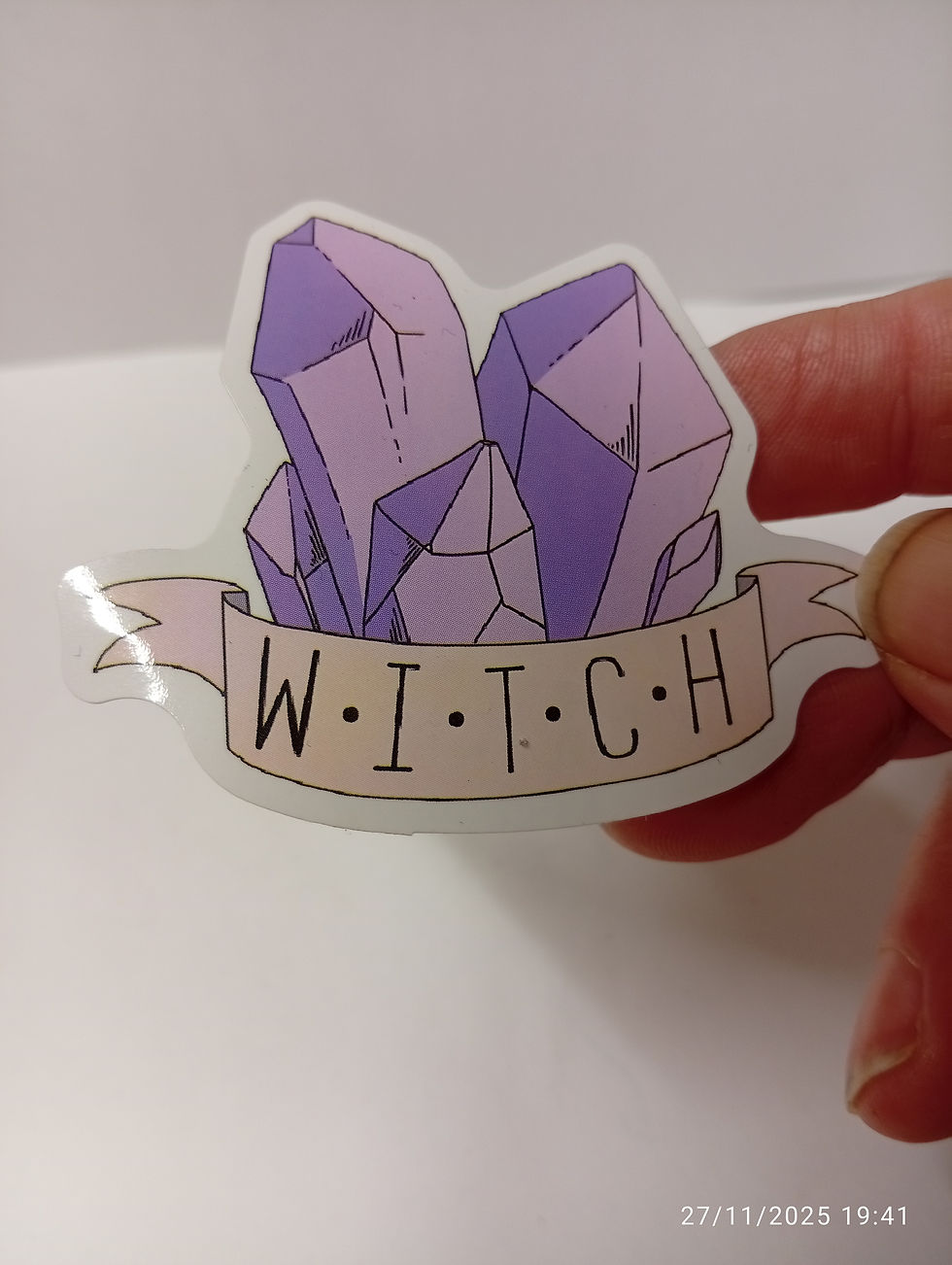Where Can I Identify A Rock I Found?
- Katriona MacMillan

- Apr 17, 2024
- 3 min read
Updated: Feb 28
Rock identification is never an easy process but there are places you can go to ask for help with mineral ID.
[Updated February 28th 2025]
<This article contains Amazon links (near the end) which we may make a small commission from.>

There are an increasing number of ways to identify the rocks you find in the digital age. As well as good, old-fashioned studying of the textbooks, you can use YouTube and Tiktok videos to learn about the geology behind mineral creation. You can download apps and take pictures, and you can even send samples away for testing if you know where to look.
Let’s talk about where you can have a rock identified, even if you don’t know how to perform tests.
Can I take a picture of a rock and identify it?
There are apps out there which claim to identify rocks through pictures alone. This is a really difficult process and as a result these apps often give the wrong readings. Judging a mineral specimen from a photograph is difficult, since minerals can appear similar until you perform other tests, such as hardness, cleavage, and streak tests. Apps don’t take these details into account when they make their guess. This could lead to them judging all purple minerals as amethyst, or no difference made between clear gypsum and clear calcite.
Yes, technically you can take a picture of a rock and identify it, but the best way to do this is through asking in online forums and performing any tests they advise you to.
As an aside, The Stone Circle were approached by a well-known rock identification app and asked to promote it in exchange for a commission. We would do this with a brand we trusted, but this particular brand was urging people to enter their card details before they could pass the home screen. Beware of any app that does this.
Facebook Rock Identification Groups
Facebook has the largest group of rock ID experts per capita, in our experience. There are groups of amateur and full time geologists who are always happy to see a new specimen and give their thoughts on it. That’s the thing about rocks. Once you are in, you are in. It’s not a job, it’s a lifestyle.
If you want to show people the cool rock you found and perhaps get a successful ID, then you can try the following Facebook groups:
· For American Minerals see the Cave Vault
· For British Minerals see Collectors of British Minerals
· If you don’t know the locality of your rock try Mineral Specimen Identification Room
Joining these groups is a great idea if you want to learn more about mineral specimens overall.
If you are too cool for Facebook then use the hashtag #rocktok and #mineralID on TikTok, or #Rockstagram on Instagram.
Just a heads up – you will need clear photos of your dry rock taken in broad daylight before they will answer you.
Also worth noting is that you might find similar groups on Reddit, we are not up on Reddit yet... and maybe ten years too late.
Identifying Faceted Crystals
Unfortunately mineral ID is harder with faceted gems. Once a gem has been faceted it is almost impossible to tell what it is or where it came from just by looking at it. This is because faceting takes away the natural features which help us to identify the stone, leaving us with less ways to identify it. This is where the gem testing machines come in. These gem testers will not work on rough stones.
So if you want a mineral ID on a faceted crystal you may have to go to a jeweler and have it examined instead of getting an internet rock identification.
Sending Samples
If you try all else and it fails, you can try the traditional route. In this instance, a rockhound who cannot get a valid ID can take a mineral to a museum or university with a geology department and ask for an identification that way. This takes time and may cost you money, but it will get you an exact ID.
Further Reading
If you would like to study up there are a few specific rock identification books available on Amazon. See The National History Museums Book of Rocks & Minerals, Collecting Rocks, Gems, and Minerals 3rd Ed: Identification, Values, and Lapidary Uses, and The Pebble Spotter’s Guide for top-rated further reading.
Enjoyed the Article?
Support full time writer and part time rockhound @KatrionaWrites by checking out her website or buying her a coffee. Every little gets split between daily survival and hunting better rocks.

$50
Product Title
Product Details goes here with the simple product description and more information can be seen by clicking the see more button. Product Details goes here with the simple product description and more information can be seen by clicking the see more button

$50
Product Title
Product Details goes here with the simple product description and more information can be seen by clicking the see more button. Product Details goes here with the simple product description and more information can be seen by clicking the see more button.

$50
Product Title
Product Details goes here with the simple product description and more information can be seen by clicking the see more button. Product Details goes here with the simple product description and more information can be seen by clicking the see more button.




















Comments